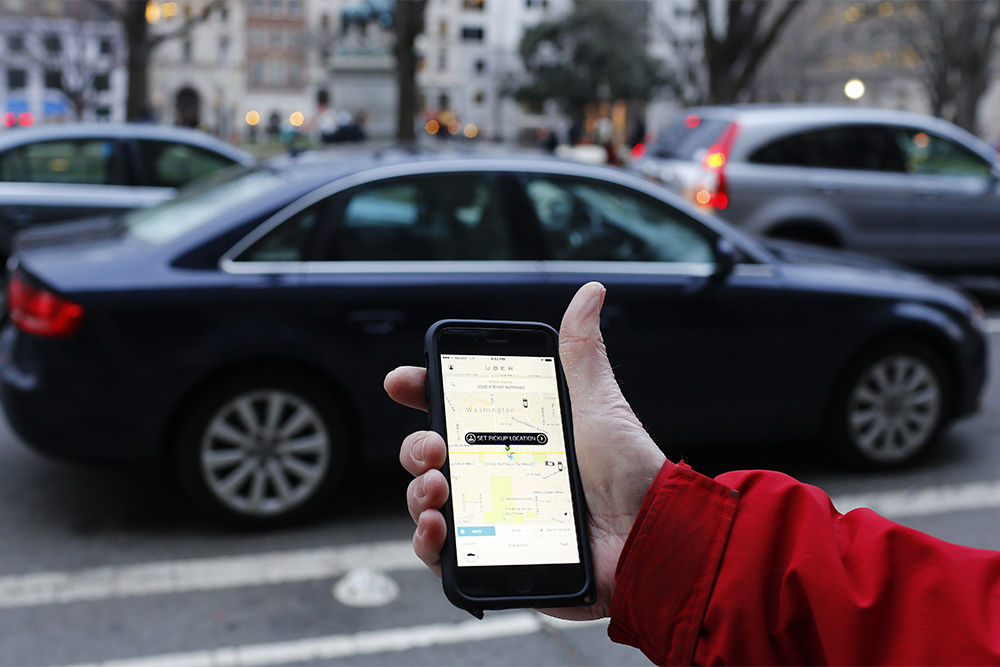This week in marketing statistics, we take a look at cord-cutting behavior, artificial intelligence as it relates to marketing and how an emoji can affect email open rates.
Uber Remains Über
Despite a string of company controversies, Uber’s public opinion among millennials has improved the most, according to YouGov’s BrandIndex. The new report ranks brands that saw the biggest gains in converting millennial consumers into current customers. (“Customer” is defined as one who has bought a product or visited the brand’s website within the last 30 days.) Rounding out the top five are Instagram, Lyft, Snapchat and TLC.
The Emoji Email Effect
Emoji may be a fun tool to communicate with friends and family, but email marketing consultant Return Path found that certain emoji result in higher email open rates. The firm reviewed using global consumer data consisting of over 17,000 commercial senders, two million consumer panelists and 5.4 billion commercial email messages sent to Microsoft, Google, Yahoo and AOL users between March 1, 2016 and March 31, 2017 to determine which emoji were most effective, if at all.
Adding a hamburger emoji to marketing emails for Independence Day resulted in a read rate of 25 percent, compared to an American flag and fireworks at 21 percent each.
Virtual Barriers
Entry-level augmented-and-virtual reality is available and affordable, so what is the biggest barrier to consumer adoption? According to a study of 3,000 consumers across the US, UK and Germany by marketing firm Vibrant Media, the biggest barrier is the need for additional software, apps and hardware.
The second biggest barrier, according to the study, is lack of awareness of where to find AR/VR content. Fear of drain on a user’s internet allowance was the third-biggest concern among respondents. If they were to experience AR/VR, exploring travel and holiday destinations came out on top of the respondent wish list, followed by events such as concerts or sporting events.
Spending Time With OTT
OTT programming is changing the way consumers watch television. ComScore’s “State of OTT” report reveals that half of US wi-fi households stream an average of one hour and 40 minutes per day of OTT content like Netflix. In fact, Netflix accounts for 40 percent of this activity, comScore reports, followed by YouTube (18 percent), Hulu (14 percent) and Amazon Video (seven percent).
Making An AI Impact
More than half of marketers agree that AI will have a substantial effect on their efforts over the next five years, according to a study by CRM technology provider SalesForce. Fifty-nine percent of respondents said they expect AI will improve the efficiency of campaign analytics, digital asset management and the collection of business insights across data and systems.
US: Home Of The Smart Home
According to Futuresource, the United States has the highest smart home penetration, with 38 percent of survey respondents saying they had at least one. The firm’s survey of more than 4,000 people across the US, UK, France and Germany also found that home security devices are the most popular type for first-time installers.
Political Distraction
If you noticed a surge of fake or inflammatory news appearing alongside President Trump’s visit to Poland Thursday, you’re not alone. Major news days are a haven for such content. In March, digital media authentication service DoubleVerify blocked over 85 million ads from serving adjacent to inflammatory news—a 250 percent increase from January 2017. The company works with sites like Facebook and Snapchat to moderate the viewability of questionable content.
DoubleVerify reports that the volume of fake news more than doubled in France during its 2017 presidential election, and Italy saw a 75 percent increase in fake news around major political or terrorist-related events.

